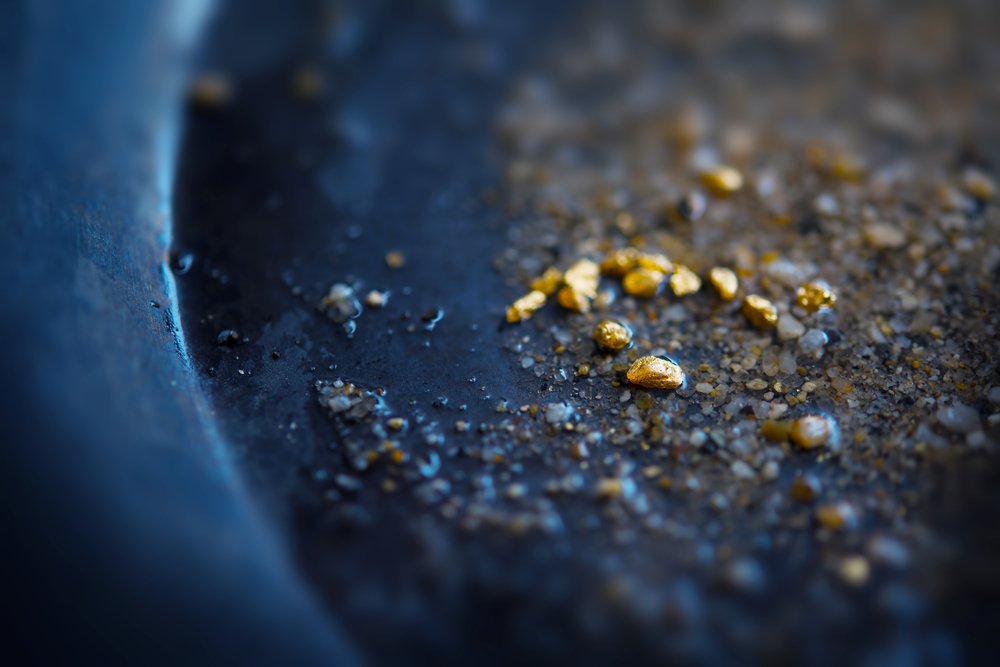Accelerated Gold Deposit Detection Method Developed at SPbSU

Scientists at St. Petersburg State University (SPbSU) have devised a method to determine the age of the mineral pyrite based on helium concentration. This innovative technique promises faster identification of gold deposits, with a margin of error not exceeding 5%. The university's press service shared this information.
"We are the first in the world to demonstrate that this method can be applied to determine the formation time of platinum, gold, and pyrite. The fundamental importance of discovering high helium preservation in pyrite, a companion to gold ore mineralization, lies in its presence in all types of deposits. Thanks to helium, the prospects of discovering significant deposits of valuable metals can be quickly and affordably assessed," said Associate Professor Olga Yakubovich of the Department of Geochemistry at SPbSU.
The newly developed method has already undergone testing in deposits in the Ural Mountains and the Russian Far East, with age determination accuracy not exceeding 5%. This level of precision is deemed acceptable for routine prospecting of deposits. To determine the age of a mineral, a small sample is required, and scientists measure the concentration of helium, uranium, and thorium using a mass spectrometer developed by the researchers. By comparing the mineral's age with Earth's evolutionary epochs, conclusions about the potential presence of valuable minerals can be drawn.
According to the press service, the method of determining mineral ages based on helium concentration was initially proposed by the British physicist Rutherford in the early 20th century. Initially, it was applied to uranium-rich minerals but later deemed ineffective. In the 1980s, the United States reintroduced this method, not for determining rock ages but for pinpointing the time when rocks cooled to temperatures between 70 and 200 degrees Celsius. This advancement enabled the measurement of the formation time of mountains and the rates of their erosion.
You may also be interested in more latest Precious Metals news!





